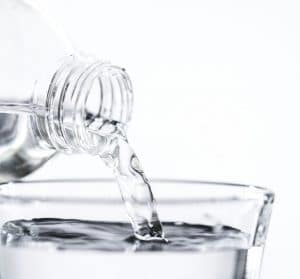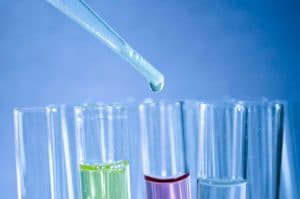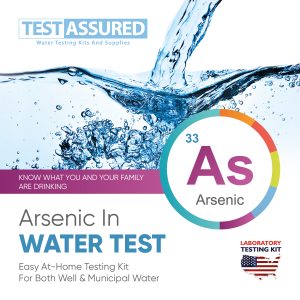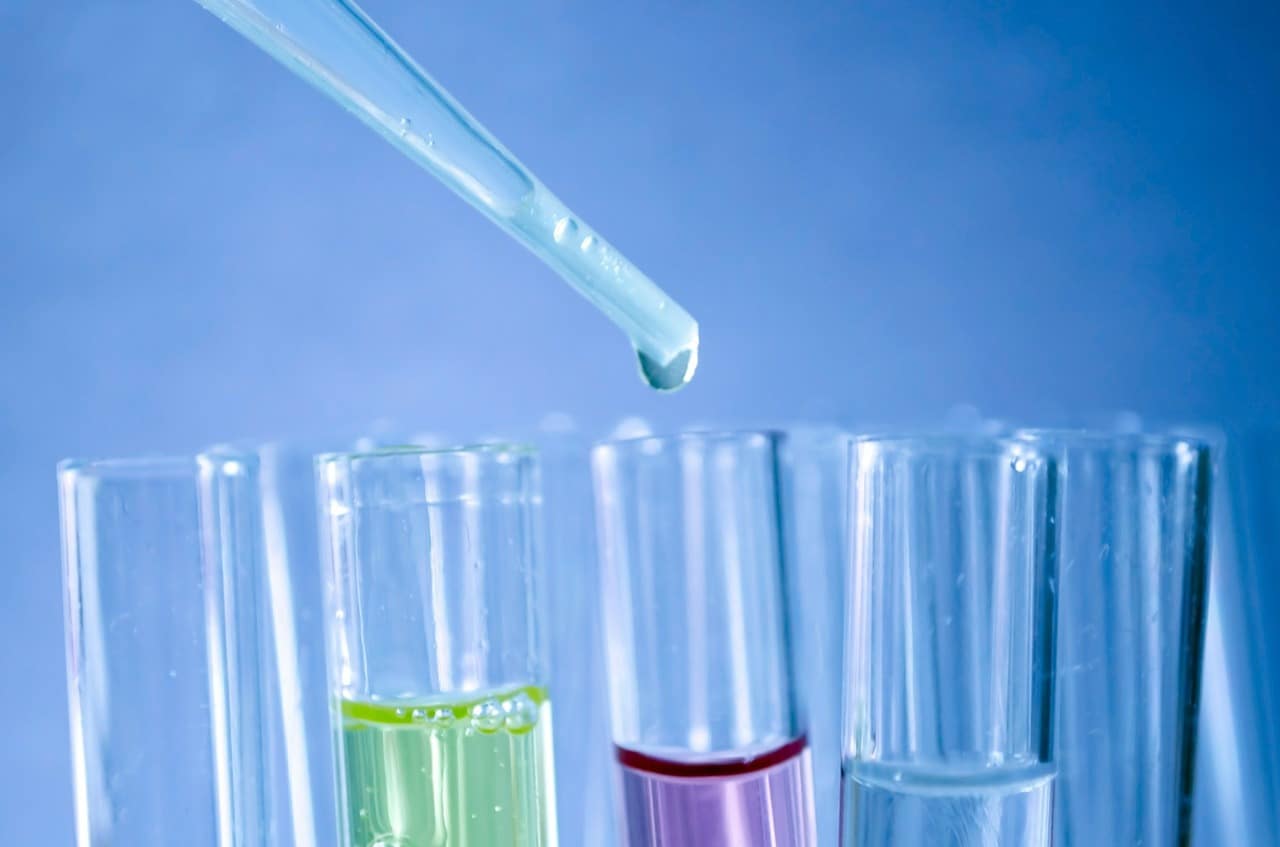Arsenic in Bottled Water
The quality of our drinking water makes headline news on a regular basis. While municipal water comes under fire more often, even bottled water isn’t always safe. Most recently, some brands of bottled water have tested high for arsenic.

The Center for Environmental Health is a California nonprofit. They aim to protect people from harmful chemicals in air, food, water, and in everyday products. After running some tests on bottled water, they found that there were two brands that had arsenic levels that were higher than tap water. This was similar to the results reported earlier in the year by Consumer Reports, another consumer protection organization. The Consumer Reports’ tests showed that the same brands, Peñafiel and Starkey Water, contained almost twice the federal limit of arsenic.
What Is Arsenic?
Arsenic is an odorless, colorless, and tasteless contaminant that can sometimes be present in drinking water. This semi-metallic element is naturally found in soil and rocks. Water can easily pick up trace amounts of arsenic as it makes its way through aquifers. Certain areas of the country have water that is sourced from places with bedrock that contains exceptionally high levels of arsenic.
While arsenic can sometimes be found in food, drinking water is the most common way that humans ingest it. Arsenic is a known carcinogen, and high levels of arsenic in drinking water can pose a serious health threat. Arsenic is also known to impact the vascular system and is associated with an increased risk of diabetes.
Symptoms associated with arsenic poisoning include thickening or discoloration of the skin, nausea, stomach pain, diarrhea, vomiting, numbness in hands and feet, vision trouble, and partial paralysis. Research has shown that arsenic can be especially harmful to developing fetuses and young children, causing negative effects on their developing organs, cognitive development, memory, and intelligence.
How Much Is Too Much?
The U.S. Environmental Protection Agency (EPA) had allowed rather high concentrations of arsenic, with a limit of 50 parts per billion (ppb). In 2001, the EPA determined that this was too high and adopted a lower standard of 10 ppb, which remains as the current standard. The Food and Drug Administration (FDA) has the same threshold for arsenic limits in bottled water.

Levels of arsenic above 10 ppb will increase your chances of long-term or recurring health problems. The higher the levels and the longer you are exposed, the greater your risks. Some researchers believe that the limit for arsenic should be lowered to no more than 3 parts per billion. Because arsenic is a confirmed carcinogen, there is no true “safe” level for consumption.
Regulating Water Quality
The regulation of bottled water is different from the standards set for public water sources. Municipal water falls under the regulations of the EPA. Bottled water, even if it comes from a municipal source, is considered a packaged food product, which means that it is regulated by the FDA.
Beyond the standards put in place by the EPA and the FDA, states can also set standards for water quality. States can set their own levels for acceptable contaminants. They can also control the licensing requirements for bottled water plants.
How to Test Your Water
Drinking water that contains arsenic has been identified as a serious health concern in the United States. Whether you use municipal water, well water, or even bottled water, you may be at risk for exposure to arsenic in your drinking water.
Testing your water for arsenic is an important measure to safeguard the health and well-being of your family. Arsenic is a difficult contaminant to test for because of how it can combine with other elements that are typically found in water such as iron and hydrogen sulfide. The most accurate way to test for arsenic in water is to reduce it to arsine gas. This is best done in a laboratory.

TestAssured offers an Arsenic Water Test Kit that can show you exactly how much arsenic is in your water. Our Arsenic Water Test Kit contains everything you need to have a sample of your water analyzed specifically for arsenic in a certified lab. Use the sample vial and the postage-paid package to send your sample for analysis and find out exactly how much arsenic is in your water.

